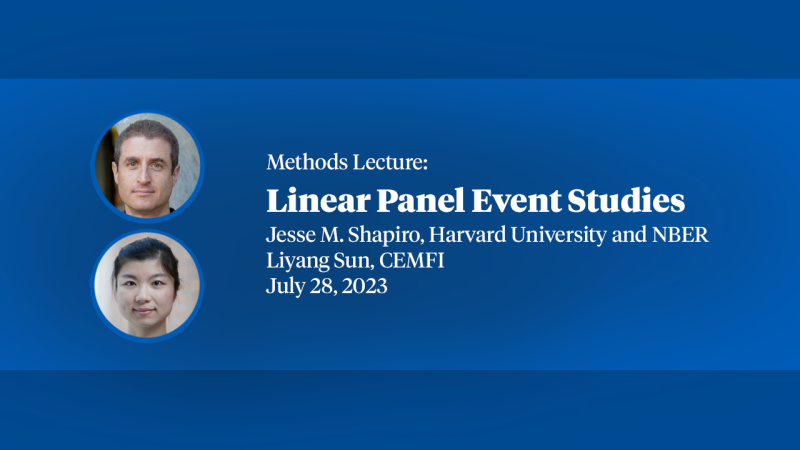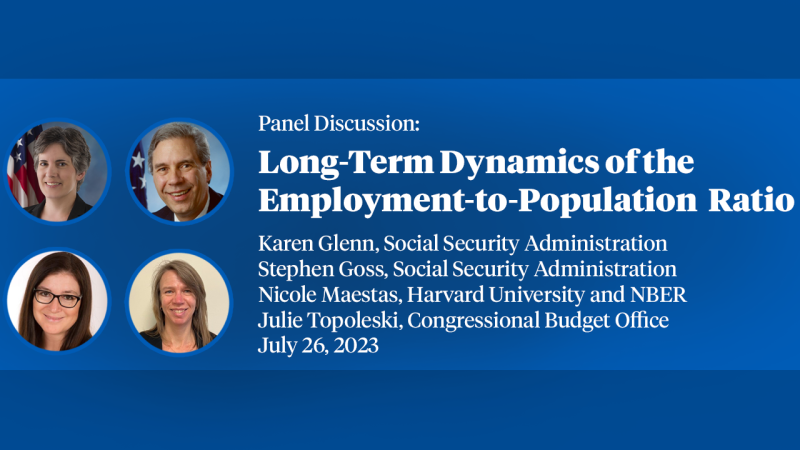The Effects of Scientists and Engineers on Productivity and Earnings at the Establishment Where They Work
This paper uses linked establishment-firm-employee data to examine the relationship between the scientists and engineers proportion (SEP) of employment, and productivity and labor earnings. We show that: (1) most scientists and engineers in industry are employed in establishments producing goods or services, and do not perform research and development (R&D); (2) productivity is higher in manufacturing establishments with higher SEP, and increases with increases in SEP; (3) employee earnings are higher in manufacturing establishments with higher SEP, and increase substantially for employees who move to establishments with higher SEP, but only modestly for employees within an establishment when SEP increases in the establishment. The results suggest that the work of scientists and engineers in goods and services producing establishments is an important pathway for increasing productivity and earnings, separate and distinct from the work of scientists and engineers who perform R&D.
Non-Technical Summaries
- Production establishments with higher percentages of scientists and engineers in their workforces have higher productivity and pay...
Published Versions
The Effects of Scientists and Engineers on Productivity and Earnings at the Establishment Where They Work, Erling Barth, James C. Davis, Richard B. Freeman, Andrew J. Wang. in US Engineering in a Global Economy, Freeman and Salzman. 2018


